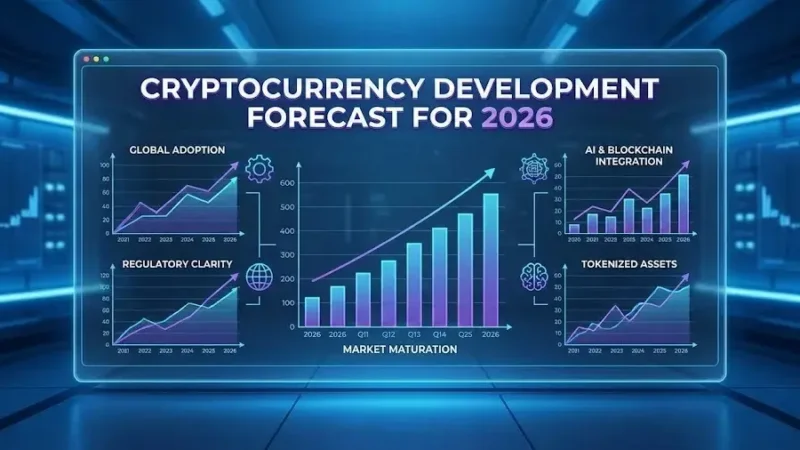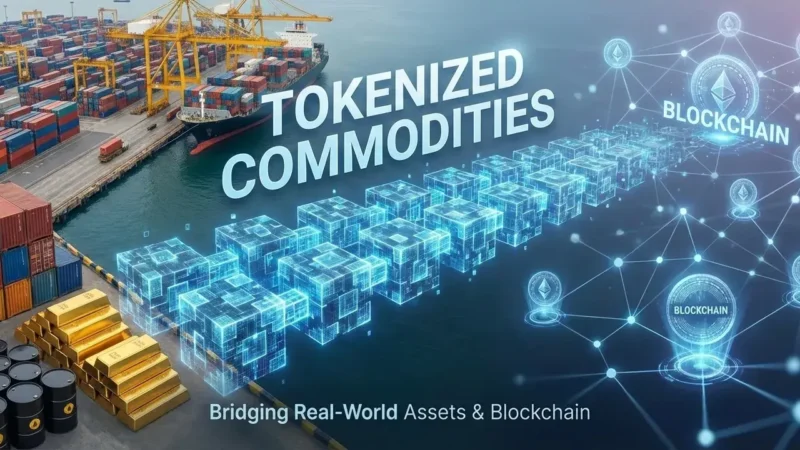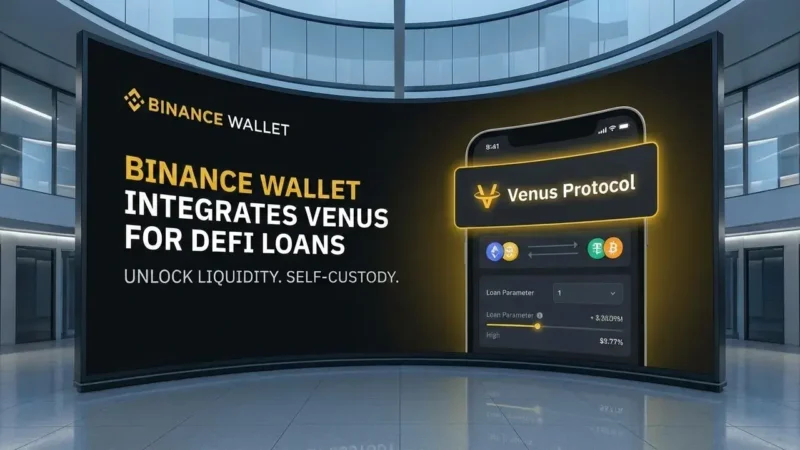DeFi Staking: A Comprehensive Guide to Earning in Decentralized Finance

In the rapidly evolving world of cryptocurrency, new opportunities to grow your digital assets emerge constantly. Among the most compelling is DeFi Staking, a powerful mechanism within decentralized finance (DeFi) that allows users to earn passive income by participating in the security and operations of various blockchain networks. This guide will walk you through the fundamentals of DeFi Staking, its benefits, risks, and how you can get started on your journey to maximizing your crypto holdings.
What Exactly Is DeFi Staking?
At its core, DeFi Staking involves locking up your cryptocurrency assets in a smart contract to support the operations of a blockchain network or a specific DeFi protocol. In return for committing your assets, you receive rewards, often in the form of additional cryptocurrency. This process is analogous to earning interest in a traditional savings account, but with potentially higher yields and without the need for intermediaries like banks.
Unlike traditional staking, which often occurs on centralized exchanges, DeFi Staking is non-custodial. This means you retain control of your private keys and interact directly with decentralized protocols through your Web3 wallet. This direct interaction enhances transparency and reduces reliance on third parties.
How Does DeFi Staking Work?
The mechanics of DeFi Staking are primarily built upon Proof-of-Stake (PoS) consensus mechanisms, which are used by many modern blockchains like Ethereum 2.0 (Eth2) and Solana. In a PoS system, instead of relying on energy-intensive mining (as in Proof-of-Work), validators are chosen to create new blocks and validate transactions based on the amount of cryptocurrency they have “staked” or locked up. By staking your tokens, you contribute to the network’s security and efficiency.
There are several common ways DeFi Staking operates:
- Validator Staking (PoS Staking): In this model, individuals or pools stake a significant amount of a blockchain’s native cryptocurrency to become a validator. Validators are responsible for verifying transactions and proposing new blocks. For their honest participation, they are rewarded with new tokens and/or transaction fees. If you don’t have enough tokens to be a solo validator, you can join a staking pool, which combines the assets of many users.
- Liquidity Pool Staking (Yield Farming): This involves providing liquidity to decentralized exchanges (DEXs) by depositing pairs of tokens into a liquidity pool. These pools facilitate trading between different cryptocurrencies. In return for providing liquidity, you receive a share of the transaction fees generated by the DEX, along with potential additional rewards in the form of new governance tokens. This is often referred to as “yield farming.”
- Governance Staking: Some DeFi protocols allow users to stake their governance tokens to participate in the protocol’s decision-making process. By staking, you gain voting rights on proposals that shape the future of the platform, and you may also receive rewards for your participation.
- NFT Staking: A newer trend involves staking Non-Fungible Tokens (NFTs) on specific platforms to earn rewards. This allows NFT holders to generate passive income from their digital collectibles while retaining ownership.
Benefits of Engaging in DeFi Staking
DeFi Staking offers several compelling advantages for cryptocurrency holders:
- Passive Income Generation: The most significant benefit is the ability to earn consistent rewards on your idle cryptocurrency assets. These rewards can often be substantially higher than those offered by traditional savings accounts.
- Accessibility and Low Entry Barriers: Compared to traditional financial instruments, DeFi Staking is highly accessible. With an internet connection and a compatible digital wallet, almost anyone can participate, often with relatively small amounts of cryptocurrency.
- Enhanced Network Security: By staking your assets, you actively contribute to the security and decentralization of the blockchain networks you support. Your staked tokens help to validate transactions and secure the network against malicious attacks.
- Transparency and Decentralization: DeFi protocols operate on immutable smart contracts, ensuring transparency in all transactions and reward distributions. The decentralized nature minimizes the need for trusted third parties, giving users more control over their funds.
- Potential for Higher Yields: The decentralized and innovative nature of DeFi often allows for more competitive annual percentage yields (APYs) compared to conventional financial products.
- Flexibility and Control: While some platforms have lock-up periods, many offer flexible staking options, allowing you to choose commitments that suit your investment strategy. You maintain control of your assets through your non-custodial wallet.
Understanding the Risks Involved
While attractive, DeFi Staking is not without its risks. It’s crucial to be aware of these before committing your funds:
- Smart Contract Vulnerabilities: DeFi protocols rely on smart contracts. If there are bugs or exploits in the code, staked funds could be at risk of being lost or stolen. It’s essential to choose audited and reputable protocols.
- Market Volatility: The value of cryptocurrencies can be highly volatile. Even if you earn rewards, a significant drop in the price of your staked asset could lead to an overall loss in your investment.
- Impermanent Loss: This risk is specific to liquidity pool staking. Impermanent loss occurs when the price ratio of the tokens you deposited into a liquidity pool changes from when you initially deposited them. While you still earn fees, the value of your assets withdrawn might be less than if you had simply held them outside the pool.
- Lock-up Periods and Liquidity: Some staking mechanisms require you to lock up your assets for a predetermined period. During this time, you cannot access or withdraw your funds, which can be an issue if you need liquidity or if market conditions change rapidly.
- Slashing: In PoS networks, validators who act maliciously or perform poorly (e.g., going offline) can face “slashing,” where a portion of their staked tokens is forfeited as a penalty. If you delegate your tokens to a validator, there’s a small risk of partial loss if your chosen validator is slashed.
- Regulatory Uncertainty: The regulatory landscape for DeFi and cryptocurrency is still evolving. Changes in regulations could impact the legality or profitability of DeFi Staking activities.
Getting Started with DeFi Staking
If you’re ready to explore DeFi Staking, here’s a simplified guide to begin:
- Educate Yourself: Research thoroughly. Understand the different types of staking, the specific protocols, and their associated risks and rewards.
- Choose a Reputable Protocol/Platform: Select a well-established and audited DeFi protocol or platform that offers staking opportunities for cryptocurrencies you hold or are interested in. Look for strong security measures, a transparent track record, and a thriving community.
- Set Up a Compatible Web3 Wallet: You’ll need a non-custodial wallet like MetaMask, Trust Wallet, or Ledger that can connect to decentralized applications (dApps).
- Acquire the Necessary Cryptocurrency: Ensure you have the required tokens for staking on your chosen platform.
- Connect Your Wallet and Stake: Follow the platform’s instructions to connect your wallet and initiate the staking process. This typically involves approving a smart contract transaction to lock your tokens.
- Monitor Your Rewards: Keep track of your earned rewards and understand how often they are distributed. Some platforms allow you to compound your earnings by restaking your rewards.
The Future of DeFi Staking
The landscape of DeFi Staking is continuously innovating. We can anticipate several key developments in the coming years:
- Increased Institutional Adoption: As the DeFi space matures and becomes more regulated, traditional financial institutions are likely to increase their participation in staking, bringing more capital and liquidity.
- Cross-Chain Staking Solutions: With the growth of multi-chain ecosystems, solutions enabling users to stake assets across different blockchain networks will become more prevalent, diversifying opportunities.
- Enhanced Security and Auditing: Greater emphasis will be placed on robust security audits and insurance mechanisms to protect staked assets against smart contract vulnerabilities and other risks.
- User Experience Improvements: DeFi platforms will likely become even more user-friendly, simplifying the staking process for newcomers and broadening accessibility.
- Integration with Other DeFi Primitives: Expect to see deeper integration of staking with other DeFi activities like lending, borrowing, and synthetic assets, unlocking new layers of earning potential.
Stay informed, read the latest crypto news in real time!
In conclusion, DeFi Staking presents an exciting avenue for cryptocurrency holders to actively participate in the decentralized economy while earning passive income. By understanding the mechanisms, benefits, and risks, you can make informed decisions and potentially unlock significant returns in the dynamic world of decentralized finance.





4 thoughts on “DeFi Staking: A Comprehensive Guide to Earning in Decentralized Finance”